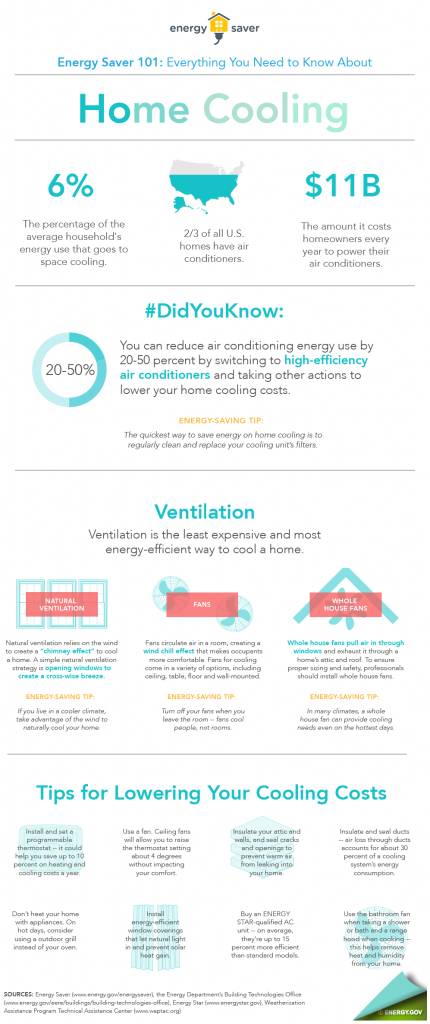Summer Energy Saving Tips
An update from the MN GreenCorps desk at LSC…
 As we enter the so called “dog days of summer” our GreenCorps member Chris has one last update on seasonally appropriate energy saving tips. In addition to the tips given in other posts for holiday energy savings there are several summer specific energy savings strategies you can implement at home.
As we enter the so called “dog days of summer” our GreenCorps member Chris has one last update on seasonally appropriate energy saving tips. In addition to the tips given in other posts for holiday energy savings there are several summer specific energy savings strategies you can implement at home.
First and foremost setting your thermostat at an appropriate temperature is perhaps the single most important adjustment you can make. According to the Department of Energy setting your thermostat at 78° is the best combination of comfort and cost savings. See the infographic to the left from the Department of Energy that compares types of air conditioners and the advantages & disadvantages of each type.
One perk of the sunny dry days of summer is the ability to air out your clothes outside. This does represent a modest cost savings that can be calculated using a few free online tools. The Department of Energy website has a calculator to figure out the energy use and cost of many household appliances. Using a relatively conservative estimate of a clothes dryer rated at 2790 watts running for 3 hours on one day a week for the summer months of June, July, & August and a utility rate of $0.12/kWh (the national average) results in a total energy savings of 100.44 kWh and $12.05 for the summer months. In terms of monetary cost this is not much but using another calculator from the EPA we can calculate the estimated CO2 emissions from the kWh savings which amount to 165 pounds of CO2 saved from simply not using a clothes dryer during the summer months drying them outside on a clothesline instead.
Another energy saving strategy is to turn off lights during the day. This is not only because it saves energy used to illuminate a room but because light bulbs – especially incandescent ones can generate a lot of excess heat in their operation. According to the Department of Energy 90% of energy used by these bulbs is given off as heat with only the remaining 10% used for light. This means that upgrading these bulbs to more efficient LEDs can save energy on two fronts.
For many more spring and summer energy tips see this article from the Department of Energy. The energy.gov website is also a great resource for energy saving tips in any season ranging from quick tips to long term upgrades.
Posted in: Good Stuff, GreenCorps
Leave a Comment (0) ↓